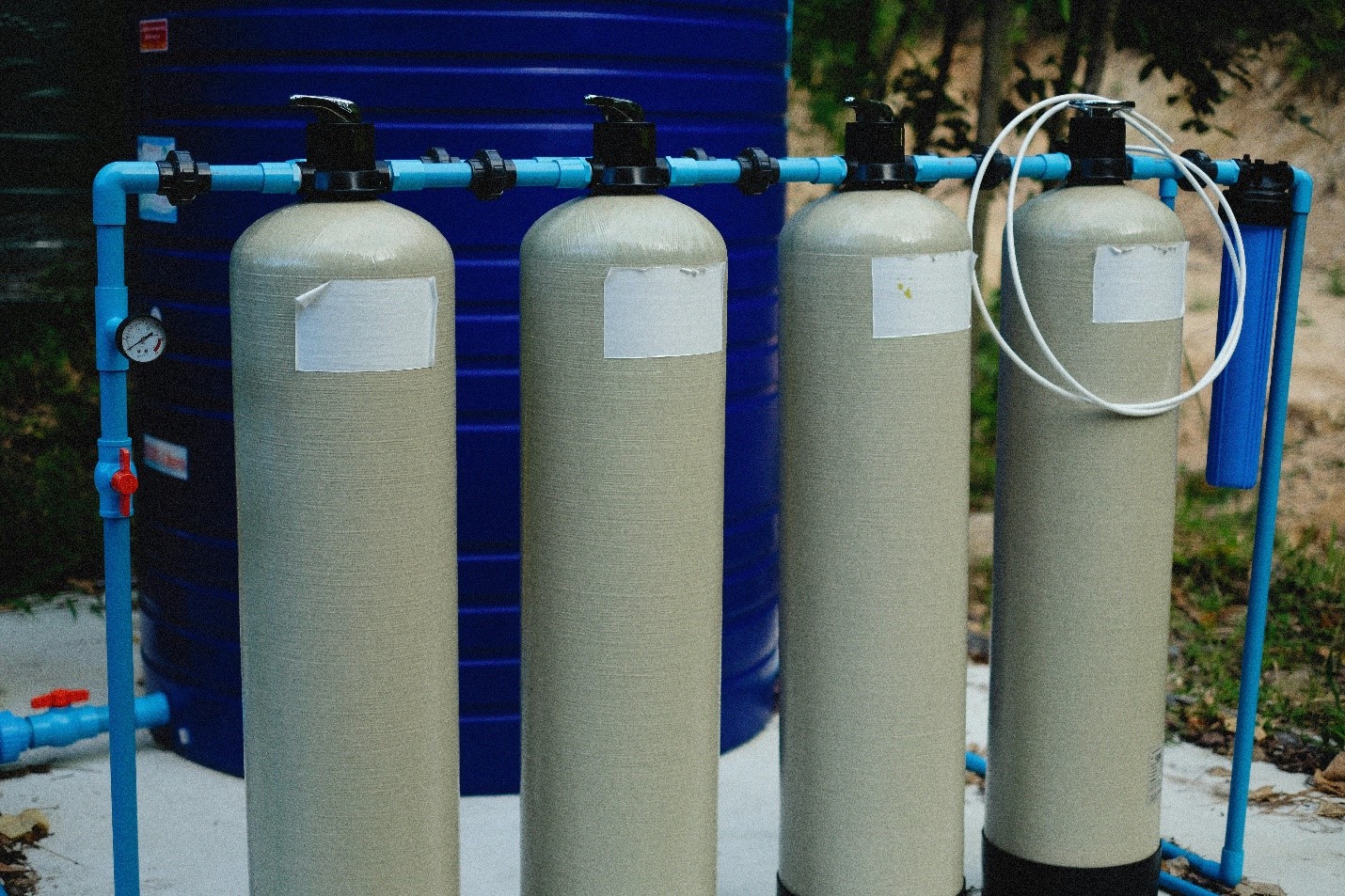Product Details

Water Treatment Plant (WTP):
A Water Treatment Plant (WTP) is a facility designed to treat raw water from natural sources (such as rivers, lakes, or groundwater) to make it safe for human consumption, industrial use, or environmental discharge. Here’s an overview of WTPs, their components, and how they work:
Components of a Water Treatment Plant (WTP):
1. Intake:
- Raw water is drawn from the source (e.g., river, lake, groundwater) through intake structures or wells.
2. Screening:
- Large debris like sticks, leaves, and other large particles are removed using screens or bar racks.
3. Coagulation and Flocculation:
- Coagulation: Chemicals such as alum (aluminum sulfate) or ferric chloride are added to destabilize and aggregate suspended particles in the water.
- Flocculation: Gentle mixing promotes the formation of larger particles (flocs) from the destabilized particles.
4. Sedimentation:
- The water is then allowed to sit in large tanks (sedimentation basins or clarifiers) where the flocs settle to the bottom due to gravity, forming a layer of sediment (sludge).
5. Filtration:
- The clarified water passes through filters (sand, gravel, or multimedia filters) to remove remaining fine particles, pathogens, and organic matter.
6. Disinfection:
- Chlorination: Chlorine or chloramine is often added to kill remaining pathogens (bacteria, viruses, parasites) in the water.
- UV Disinfection: Ultraviolet (UV) light may be used as an alternative or additional disinfection method.
7. pH Adjustment:
- Chemicals like lime or soda ash are added to adjust the pH of the treated water to meet regulatory standards and minimize corrosion in distribution pipes.
8. Storage and Distribution:
- Treated water is stored in clear water reservoirs or tanks before being distributed through a network of pipes to homes, businesses, and industries.
Advanced Treatment Processes (Optional):
· Membrane Filtration: Processes like microfiltration, ultrafiltration, nanofiltration, and reverse osmosis may be used for advanced filtration and removal of dissolved contaminants.
· Advanced Oxidation Processes (AOPs): Techniques like ozonation or advanced UV oxidation may be employed for additional disinfection and removal of organic compounds.
Monitoring and Quality Control:
· Continuous Monitoring: Parameters such as turbidity, pH, disinfectant levels, and water quality are continuously monitored to ensure compliance with safety standards.
· Quality Assurance: Water samples are regularly tested in onsite laboratories to verify the effectiveness of treatment processes and ensure water quality meets regulatory requirements.
Environmental Considerations:
· Environmental Impact: WTPs strive to minimize environmental impact by responsibly managing water resources and protecting natural ecosystems.
· Sustainability: Some WTPs incorporate sustainable practices such as energy-efficient technologies, water reuse, and resource recovery from treatment processes.
Benefits of Water Treatment Plants:
· Public Health: Provide safe drinking water that meets health standards and reduces waterborne diseases.
· Infrastructure Development: Support economic and social development by providing reliable water supply for communities and industries.
· Environmental Protection: Protect natural water bodies from pollution and support sustainable water management practices.
